Can’t get to your favorite dark sky site? Do not despair, a great many targets and techniques are still available to the backyard imager.
Have you or a loved one been struck by moderate to severe galactic photon deprival (GPD)? If so, we have good news! While dark sky sites and star parties are still the best way to get your recommended monthly dose of celestial photonic energy, we are pleased to report that galactic photons are still available in your own backyard!
Warning: Backyard galactic photons may cause euphoria, a sense of wonder and awe, and a greater sense of the vastness of the universe and your place in it. We are not responsible for any existential crises that may result.
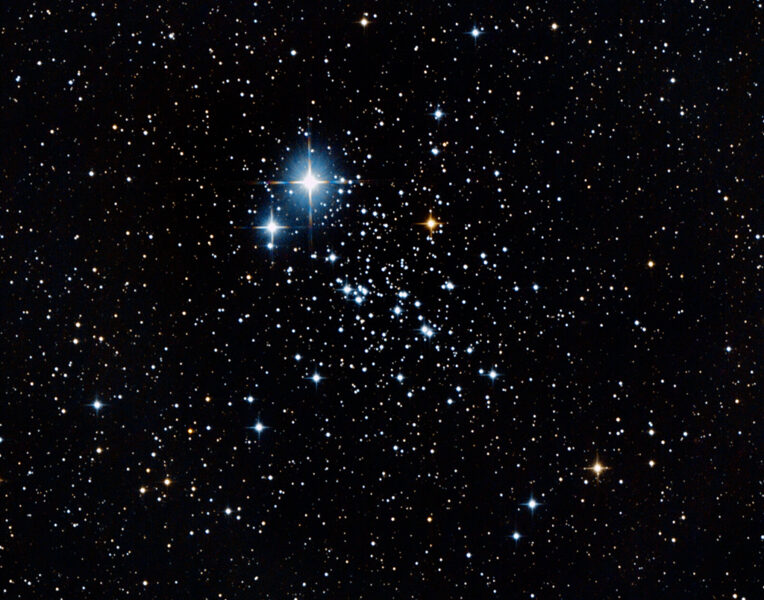
Richard S. Wright Jr.
As if dark skies weren’t hard enough to come by already, now much of the country, indeed the world, find themselves with limited travel options. A great many people are choosing to stay at home, with or without an official mandate. Star parties are being canceled, and while some parks are open, some places have initiated nightly curfews.
So what is a deep-sky imager to do? I’m sure a great many of you image from home already, but here's a little reminder of all that can be done from most any backyard.
Our Celestial Backyard
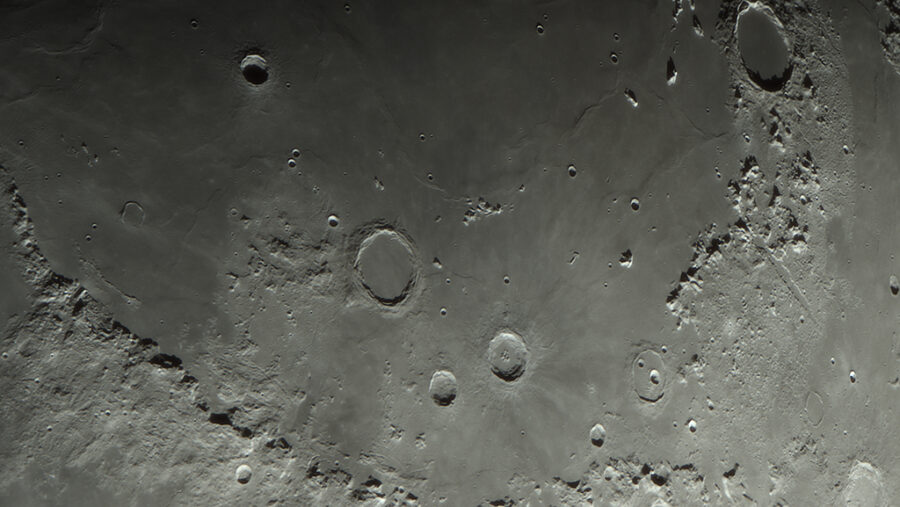
Richard S. Wright Jr.
The Moon and planets are the essential workers of the night sky, and fortunately they're immune to light pollution. If you haven’t tried it already, now is a great time to start shooting the Sun, Moon, and planets. (I always scratch my head when people say, “No imaging tonight, the Moon is up.”)
We have quite the morning lineup now with Jupiter, Saturn, and Mars all putting on a good show. These dynamic targets don’t even require an especially good polar alignment for those of us who can't see Polaris from our yards. You don’t need a huge telescope either — even a modest refractor with a 2× Barlow will give great lucky-imaging results on the bright Moon. Even without a high-speed video camera, you can have a lot of fun shooting them with your smartphone and a sturdy adapter.
Open Clusters
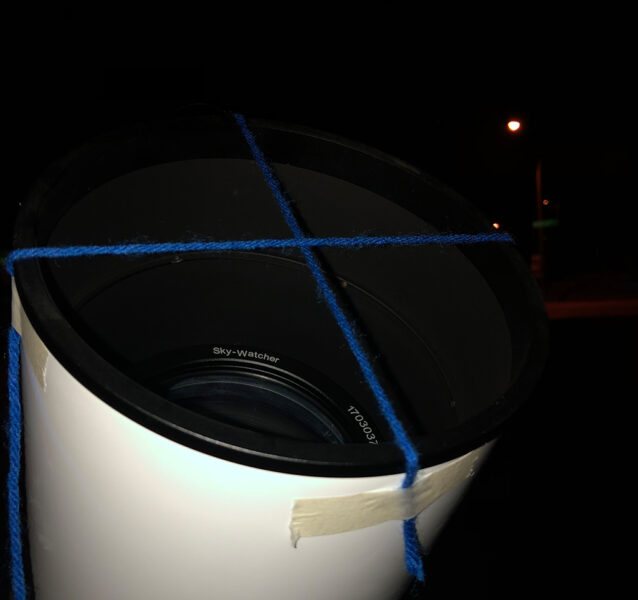
Richard S. Wright Jr.
There are a great many interesting and bright star clusters to choose from, and they do quite well even under the most severely light-polluted skies. In my opinion, open clusters look best when shot through optics that produce diffraction spikes, such as the spider vanes in a Newtonian reflector. I do have a rather large Newtonian myself, but I'm more of a refractor kind of guy, so sometimes I cheat. I take a couple of pieces of yarn or fishing line and tape across the aperture of my refractor to create those beautiful diffraction effects. While this intentionally introduces an optical aberration, I much prefer this method to adding spikes later using a special processing filter or software plug-in.
Globular Clusters
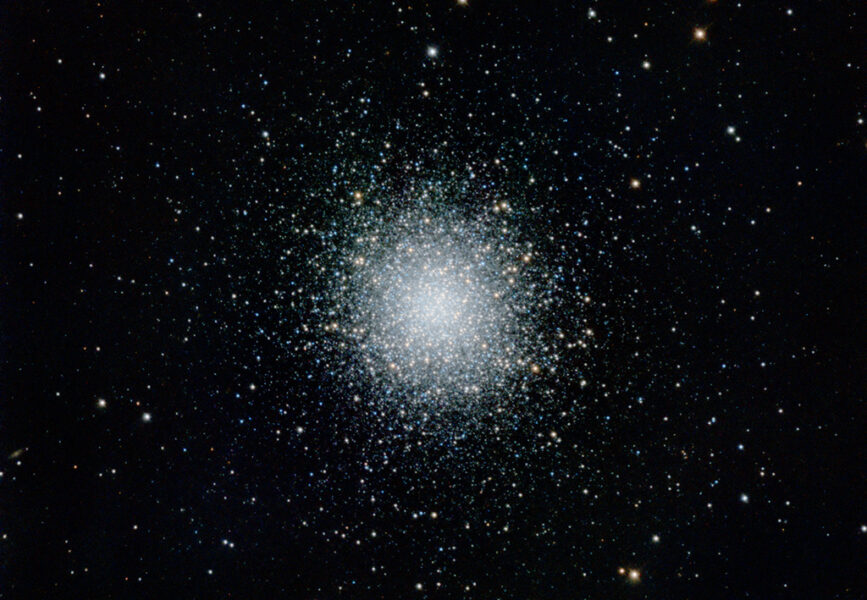
Richard S. Wright Jr.
Late spring and into early summer is prime globular cluster season. Globulars are also surprisingly good urban backyard targets. They stand up to moderate light-pollution quite well and even some moonlight, as long it's not too close to your target.
Be careful not to overexpose the cluster's core — record them using many short exposures to retain the stars' colors and avoid an amorphous blob of stars in the middle. Gently stretch your stacked result using your favorite post-processing tool.
Emission Nebula
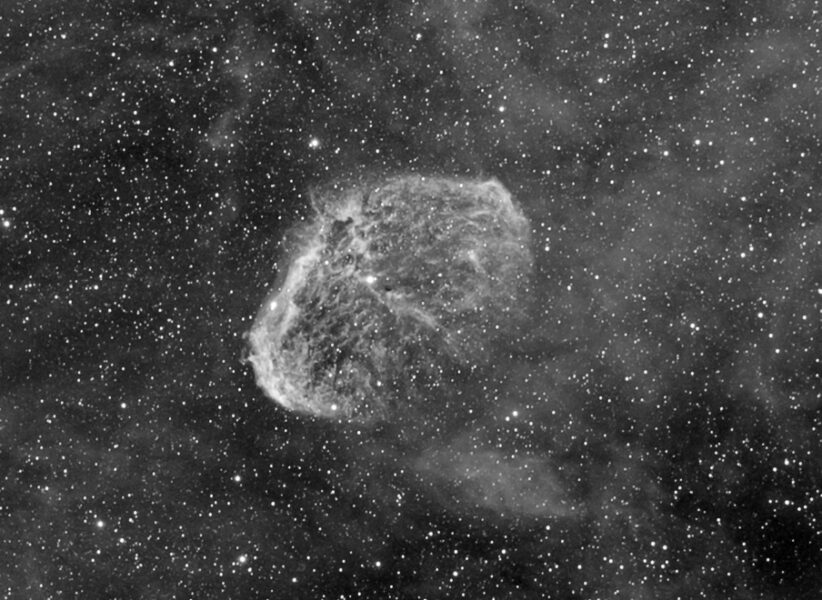
Richard S. Wright Jr.
Emission nebulae will soon be entering the evening sky, though you can target most right now the early morning hours when the Milky Way is rising. From suburban or urban areas, these can be a little more challenging. However, they are within your reach, especially if you get a hydrogen-alpha (Hα) narrowband filter for your camera.
Hα is the wavelength of light from glowing hydrogen gas and is mostly immune to many sources of light-pollution as well as moonlight. Another good choice, particularly for users with color cameras, is one of the newly available multi-band filters that pass several narrowband wavelengths, allowing color cameras to capture nebulae with a reasonably natural color representation.
Emission nebulae are some of the largest structures you can photograph within our galaxy and can be spectacular in black and white as well as in several palette combinations when shooting through multiple narrowband filters. The only drawback is you will need to shoot a lot of exposure when using narrowband filters, because they block nearly all the light not found in the tiny slice of the spectrum your filter passes.
Galaxies
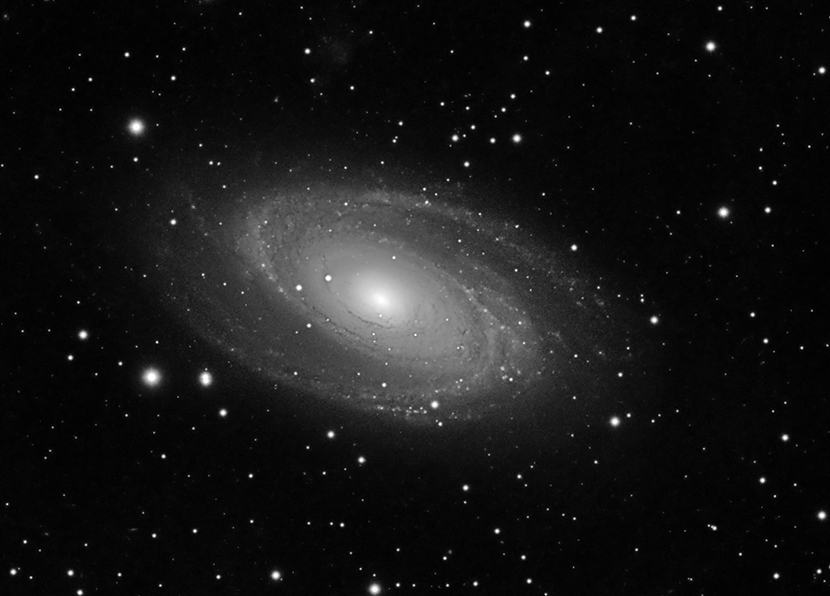
Richard S. Wright Jr.
Galaxies are obtainable from light-polluted areas, but there are two caveats. The first is that you will see better results using a light-pollution filter. The second issue is that, like shooting through narrowband filters, you will need to record a great deal more exposure time with the light-pollution filter. But the result is much better contrast between your target and the background sky. Color is doable under urban skies, though an easier alternative is to use a monochrome camera and simply photograph in black-and-white. With a large stack of short exposures you can often get a very pleasing black and white galaxy image.
Well, what are you waiting for? We can't wait to see some of your backyard captures!
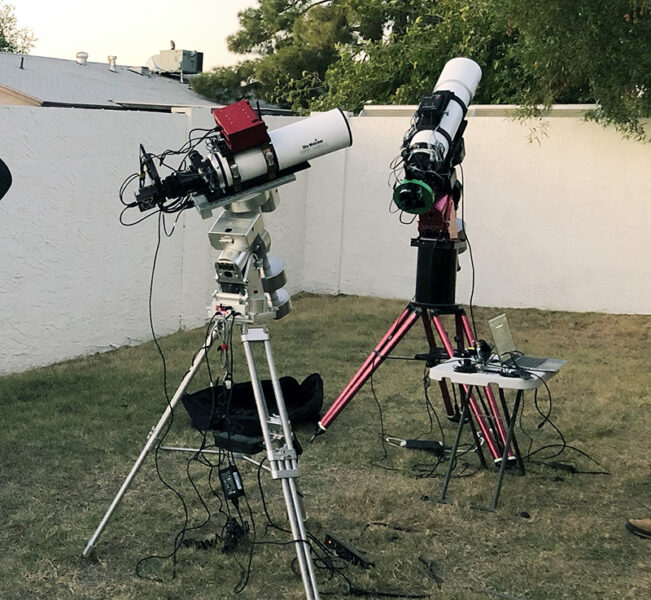
Richard S. Wright Jr.
 0
0









Comments
You must be logged in to post a comment.